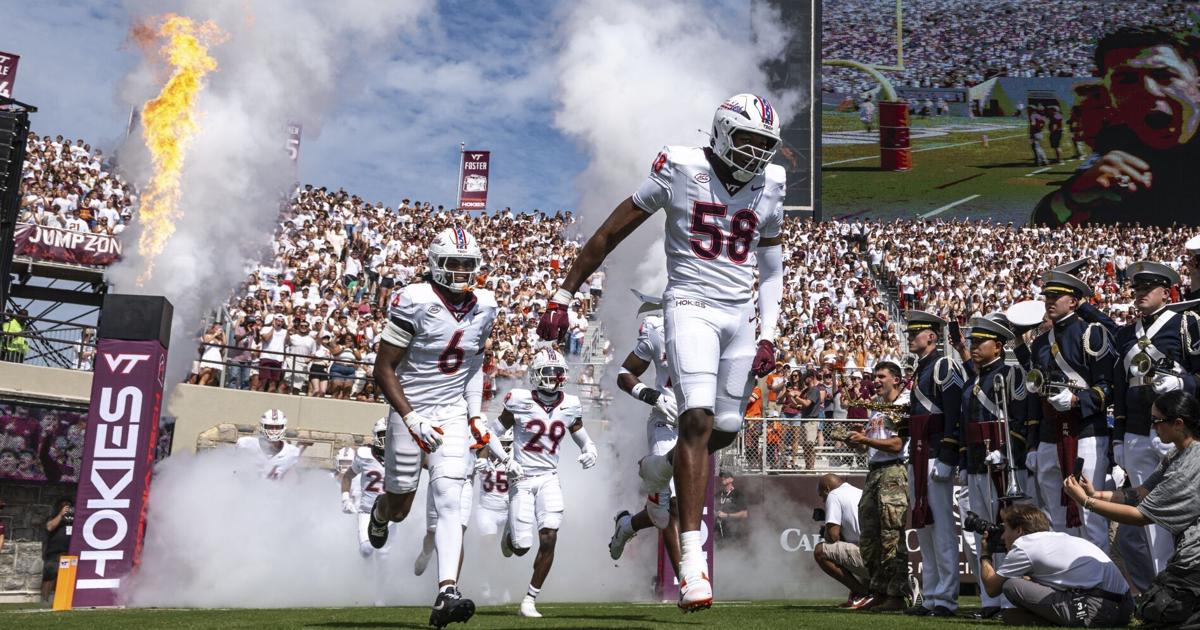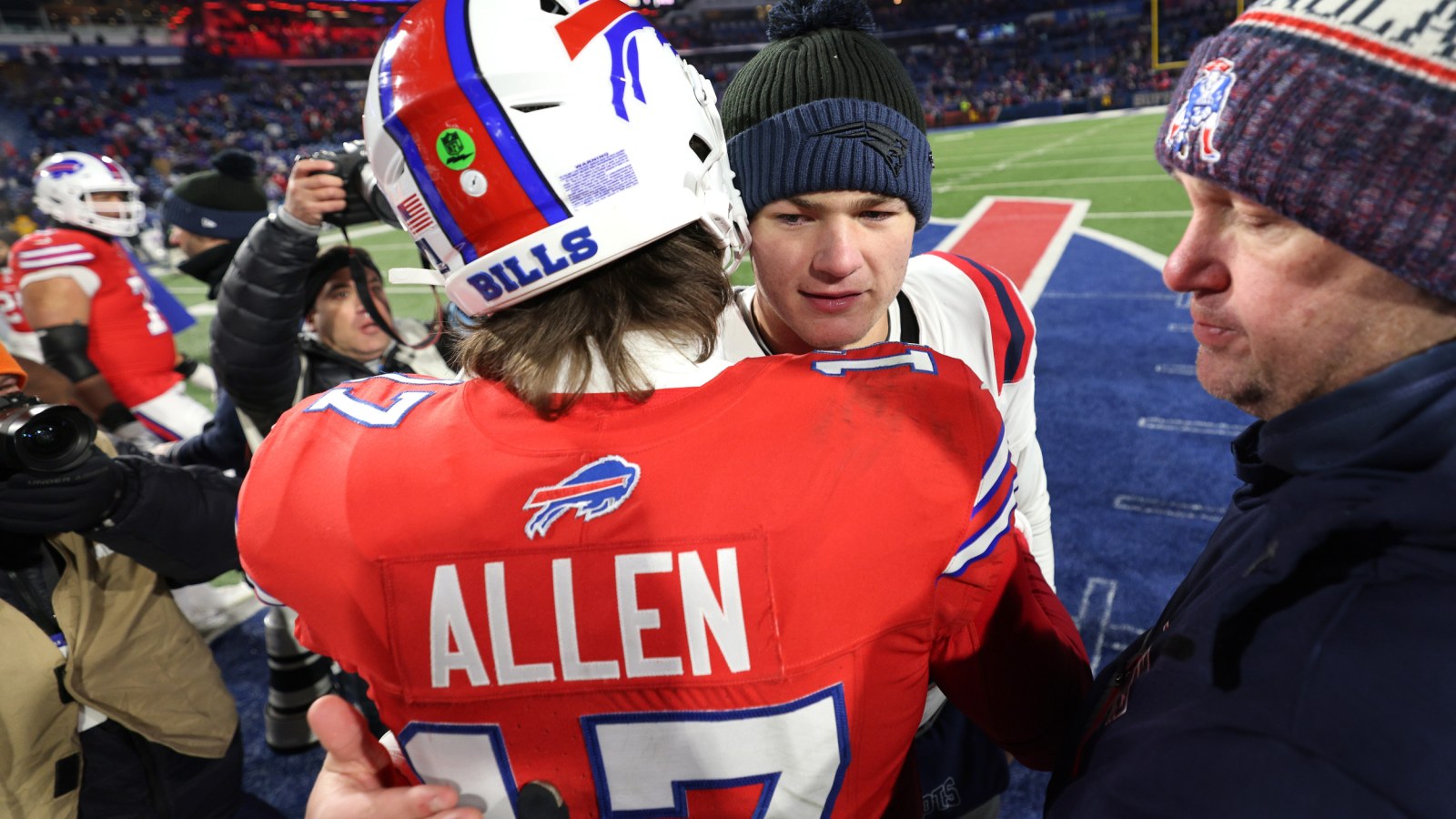Richard Cebula, Robert Fenli and James Koch: If Tech spends more on football, will students benefit?

Virginia Tech lost to Old Dominion University by 19 points in a recent football game. Prominently, Tech’s head football coach, Brent Pry, was fired within 24 hours.
The day after the firing, Virginia Tech Athletic Director Whit Babcock reiterated that the institution needed to devote more resources to its football program. In August, he told the Virginia Tech Board of Visitors that the university needed to spend an additional $47 million — of which approximately $40 million would be devoted to its football program — if Tech wanted to remain competitive within the Atlantic Coast Conference and avoid a “fall into irrelevance.”
But wait a minute! Old Dominion, the victor in this now-infamous game, spent $14.1 million on its football program in 2024, while Tech spent almost triple that amount, $41 million. These numbers come from the authoritative Knight-Newhouse database. Apparently, many things other than money spent decide who wins football games.
What makes Tech confident that enriching its football program will generate noticeable improvements? (David Teel recently reported in the Virginian-Pilot that Babcock envisions “future revenue streams for Hokies football such as corporate logos on uniforms and the field, ads pitching casinos, betting apps and alcohol, and longer term an entertainment district around Lane Stadium.” Babcock envisions Tech’s program to be in line with a “professional football organization structure.”)
But, more importantly, where will this money come from? If students are going to be asked to pay for some of the $47 million — either directly in terms of their student fees or indirectly in terms of their tuition dollars being redirected to the athletic department from educational departments — it is legitimate to inquire if they will receive any benefits from the increased athletic expenditures.
Listen now and subscribe: Apple Podcasts | Spotify | Stitcher | RSS Feed | SoundStack | All Of Our Podcasts
Since we have a forthcoming book on the subject, we think it proper to reveal what the evidence on this issue tells us.
Drawing on a sample of more than 600 four-year colleges from 2004 to 2022, we examined five potential financial benefits that students might enjoy after they graduate because of intercollegiate athletics: (1) higher incomes immediately upon graduation, (2) higher midcareer incomes, (3) higher lifetime incomes, (4) increased upward economic mobility and (5) improved federal student loan debt repayment rates.
Here is the problem. Using conventional multivariate statistical methods, we sought to determine what factors caused these five measures of economic welfare to move up and down. We could not find any connection between an institution’s expenditures on intercollegiate athletics and any of these five indicators of student post-graduation financial success. Indeed, in several cases, we found the opposite. Attending a “football factory” resulted in lower incomes. It turns out that some stigma may attach to such institutions.
Whatever the benefits that accrue from spending an added $47 million on intercollegiate athletics, these must be weighed against the foregone alternatives (“opportunity costs” in the jargon of economists). Forty-seven million dollars might support the creation of a half-dozen endowed chairs for superb faculty members whose contributions would be lasting. Or tuition and fees could be reduced by about $1,700 annually for each of Tech’s approximately 30,000 undergraduate students.
Yes, some students enjoy intercollegiate athletic events, though the evidence is that on most campuses students do not choose to attend. This means that campus athletic events are like an individual drinking a can of Diet Coke: it may hit the spot at that moment, but subsequently has no impact upon anyone’s financial future.
Let’s be clear. Each of us is a confirmed sports fan who annually attends many athletic events and makes financial contributions to the teams they support. We enjoy intercollegiate athletics — but they have their place. Tech’s Board of Visitors should think carefully about what it might be buying if it finds a way to supply an added $47 million to the institution’s intercollegiate athletic teams.
In so doing, the visitors should not neglect to identify who will foot the bill if the money-raising plans fail to meet their targets.
Richard Cebula is a professor of economics at the University of Tennessee, Robert Fenili is an economic consultant who lives in Atlanta, and James Koch is an economist and president emeritus at Old Dominion University. Contact the authors at jkoch@odu.edu. Their forthcoming book, “The Economic Impact of Intercollegiate Athletics on Former Students: Unfulfilled Promises,” will be released in December.
Catch the latest in Opinion
Get opinion pieces, letters and editorials sent directly to your inbox weekly!
* I understand and agree that registration on or use of this site constitutes agreement to its user agreement and privacy policy.



